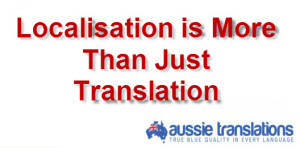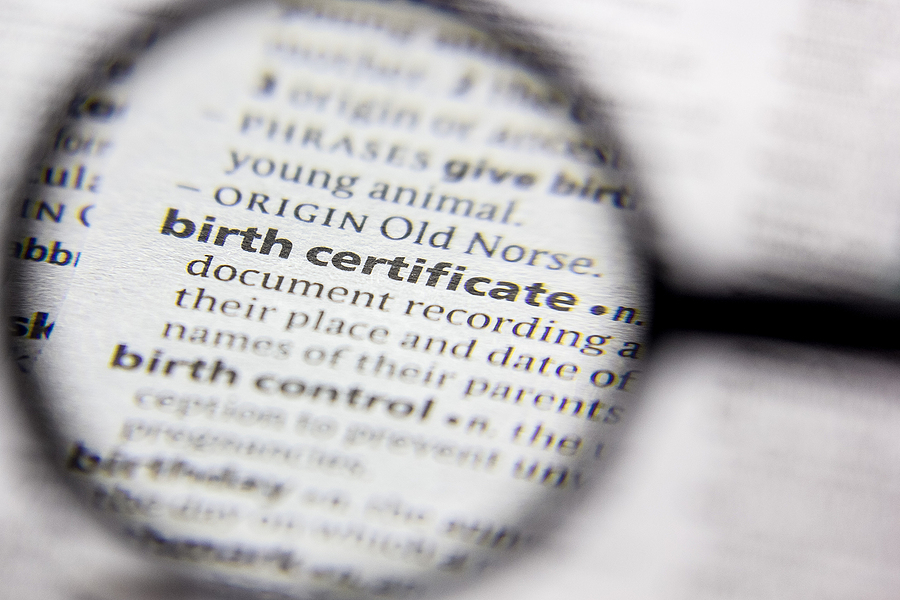Quick Quote
Archives
- November 2023
- October 2023
- September 2023
- August 2023
- July 2023
- June 2023
- May 2023
- April 2023
- March 2023
- February 2023
- January 2023
- December 2022
- November 2022
- October 2022
- September 2022
- August 2022
- July 2022
- June 2022
- May 2022
- April 2022
- March 2022
- February 2022
- January 2022
- December 2021
- November 2021
- October 2021
- September 2021
- July 2021
- June 2021
- April 2021
- March 2021
- February 2021
- December 2020
- October 2020
- August 2020
- July 2020
- June 2020
- May 2020
- April 2020
- March 2020
- February 2020
- January 2020
- November 2019
- October 2019
- September 2019
- August 2019
- July 2019
- June 2019
- May 2019
- April 2019
- March 2019
- February 2019
- January 2019
- December 2018
- November 2018
- October 2018
- September 2018
- August 2018
- July 2018
- June 2018
- May 2018
- April 2018
- March 2018
- February 2018
- January 2018
- December 2017
- November 2017
- October 2017
- September 2017
- August 2017
- July 2017
- June 2017
- May 2017
- April 2017
- March 2017
- February 2017
- January 2017
- December 2016
- November 2016
- October 2016
- September 2016
- August 2016
- July 2016
- June 2016
- May 2016
- April 2016
- March 2016
- February 2016
- January 2016
- December 2015
- November 2015
- October 2015
- September 2015
- August 2015
- July 2015
- June 2015
- May 2015
- April 2015
- March 2015
- February 2015
- January 2015
- December 2014
- November 2014
- October 2014
- August 2014
- July 2014
- June 2014
Is There any Difference Between the Terms ‘Translation’ and ‘Localisation’?
Most people understand what translation involves. It simply means changing text from one language into another. However, if a label, an instruction or description is translated word for word into another language it might still not make sense or even cause derision or contempt because the meaning of the translation has changed. This is because language must be modified to take into account the culture and habits of the community in which the products are intended to be marketed. The adaptation of the information in whatever intended form into something suitable for the new culture is termed ‘localisation’. In fact, translation and localisation are usually performed by the same translation service. If this service is going to be any good, it must use translators who are fully conversant in not just the language to be translated into, but the customs, culture and sensitivities of that community as well. Localisation is more than just translation, or to restate this phrase, translation is one part, albeit an important one, of localisation. Literal translations, when viewed in the marketplace, can be downright funny, just plain odd, or even offensive. We have all seen examples of signs and notices which have been translated into English when visiting another country as a tourist which appear ‘odd’. It is because they have been simply translated without any idea of the linguistic peculiarities of English. Effective localization is necessary if there is any serious intention of successfully marketing products overseas. Localisation is not an easy task, and it is not always a cheap option, either, but it is certainly important if the language used is custom designed for the target community without having any real change in the meaning of the text. Document translation services that are worthwhile don’t just check language for cultural implications. They carefully screen things like currency, telephone and fax numbers, time and date specifications as well as icons and graphics for suitability. In a nutshell, the localisation process makes sure that the translation from English into another language is going to ‘work’ effectively.
Post navigation
← Previous Next →
Related Posts

The Advantages of Hiring a Certified Translator for Legal Documents
November 7, 2023
The role of certified translators inaccurate legal document translation is to ensure that the legal..
View More
The Importance of Accuracy and Quality in Linguistic Projects
Translation Skills, Translation Tips
August 7, 2023
Maintaining linguistic accuracy Linguistic accuracy is how correct learners' use of the language system is, including..
View More
Do Translated Documents Need to be Notarized, Certified, or Both?
August 20, 2019
Often when you have an important document that needs to be translated you are asked..
View More
Don’t Neglect Transcreation if You are an Active Marketing Translator
April 7, 2017
Understanding Transcreation If you’ve never heard of the term “transcreation”, it may be time you..
View More






Leave a Reply